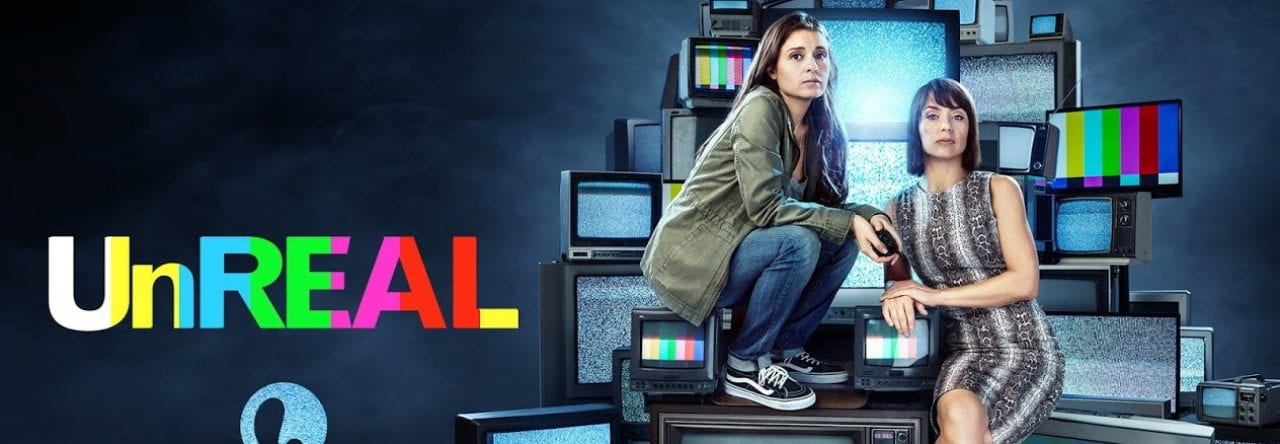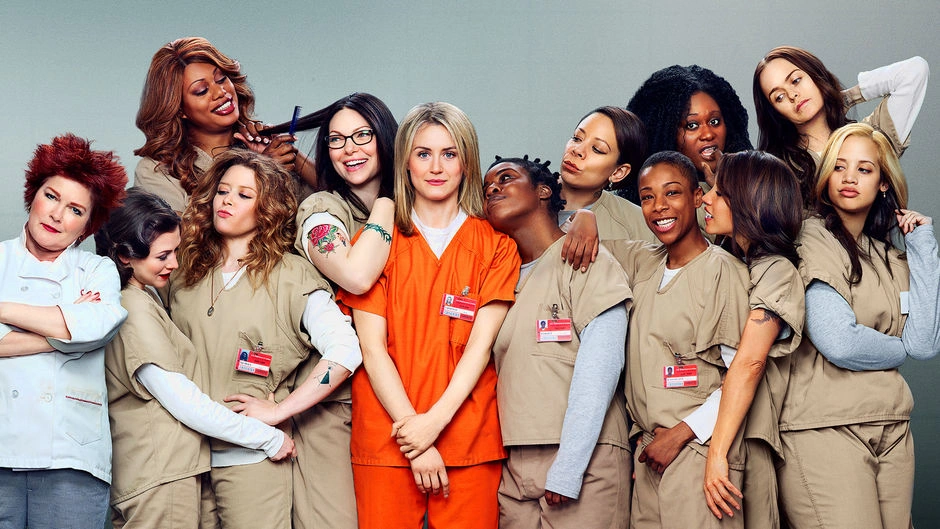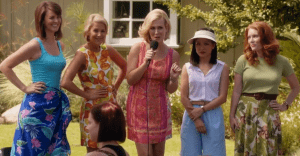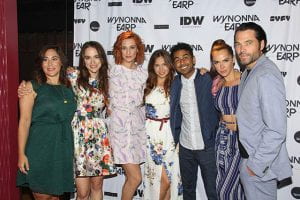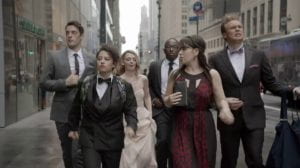So I’m about halfway through the first season of Supergirl, and it is truly eye opening to see the depth and complexity behind a show when I’m not watching it purely for entertainment purposes. One doesn’t normally think a show like Supergirl would deal with heavier cultural topics, but it handles it in such a seamless way that the viewer is often unaware of how controversial most of these topics are.
The theme that really pushed its way to the forefront during the first three episodes is that no matter what industry a woman is in, whether it’s mass media or being a super hero, she will inevitably be compared to her male counterparts, and in order to be considered their equal, she has to do everything better and more efficiently than the men do.

Supergirl vs. Superman
This is most evident in the almost constant comparison and references to Superman that are in these early episodes. It seems that no matter what she does, Kara is constantly being compared to her cousin, and is even expected to be the same type of superhero, rather than being her own person. A perfect example of this is when Kara is very upset that the media is cracking down so harshly on her early mistakes in her superhero career, such as labeling her as an eco-terrorist when a firefighting job goes wrong. Her cousin made a lot of mistakes early on and was still able to maintain a perfect image, while Kara receives a great deal of backlash as she tries to get past the learning curve. Her boss Cat makes an excellent point though in episode two when she says, “Every woman worth her salt knows that we have to work twice as hard as a man to be thought of as a half as good.” No matter the field, women tend to have a harder job, as they have to push past the barriers of stereotypes and comparisons to be seen as equals in a largely patriarchal society.

Cat Grant = BOSS
Another example of this is in episode three when Kara faces the villain Reactron. Everyone around her from her sister to James Olsen, Superman’s best friend, is telling her that she is incapable of defeating Reactron, solely because Superman was unable to do it. Everyone is trying to judge her by comparing her to her cousin, but Kara only wants the chance to prove herself.
Just like Kara, the show as a whole wants to be able to show the world that it can stand on its own without relying on Superman to save the day. This is extremely relevant to what is happening in today’s culture because women in the workforce, and especially in television, are tired of being judged by the yardstick of men and never being able to measure up. It’s a battle of the sexes, as we try to see which one will end up dictating our cultural norms.
